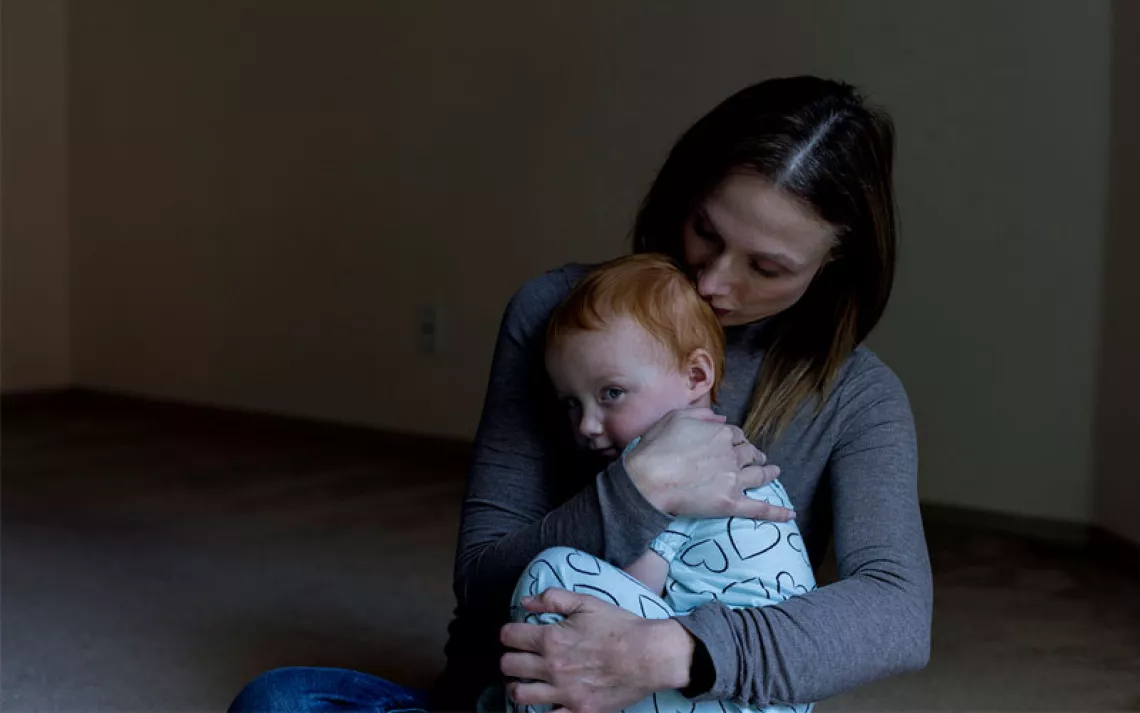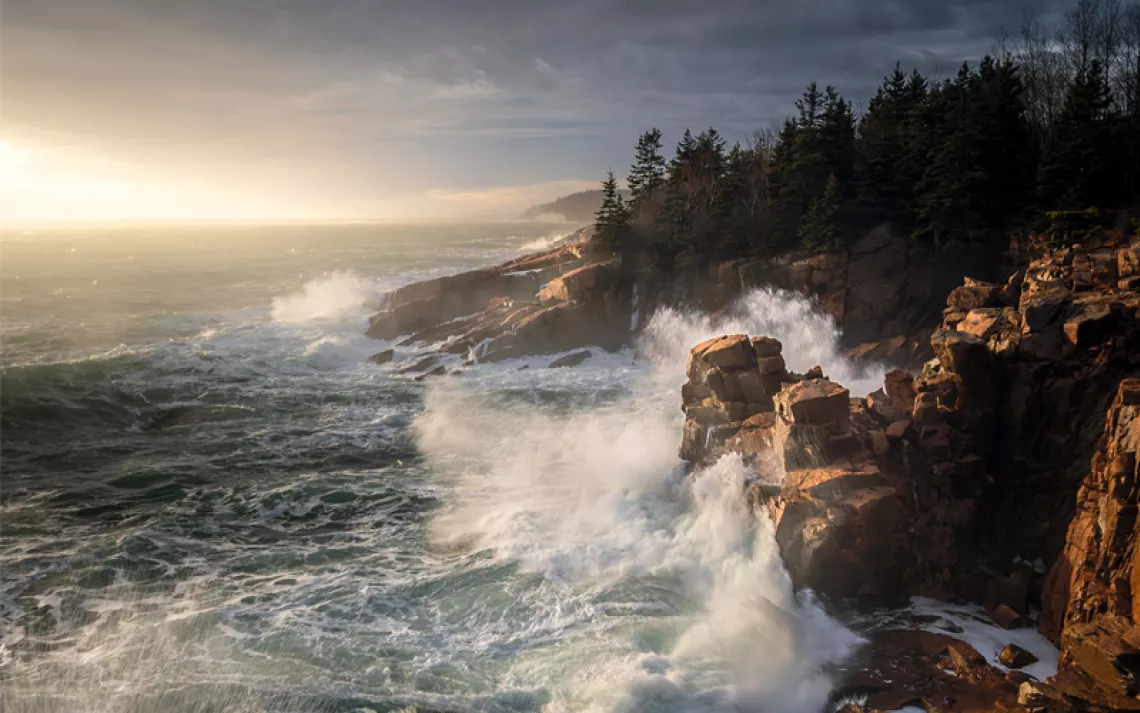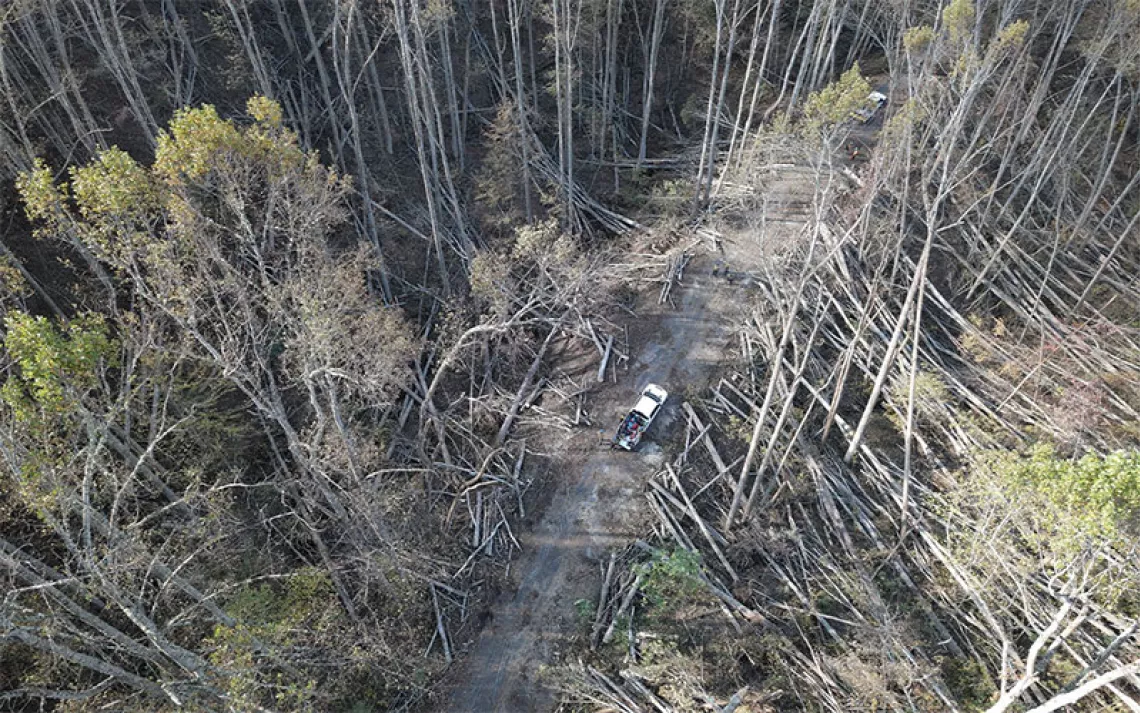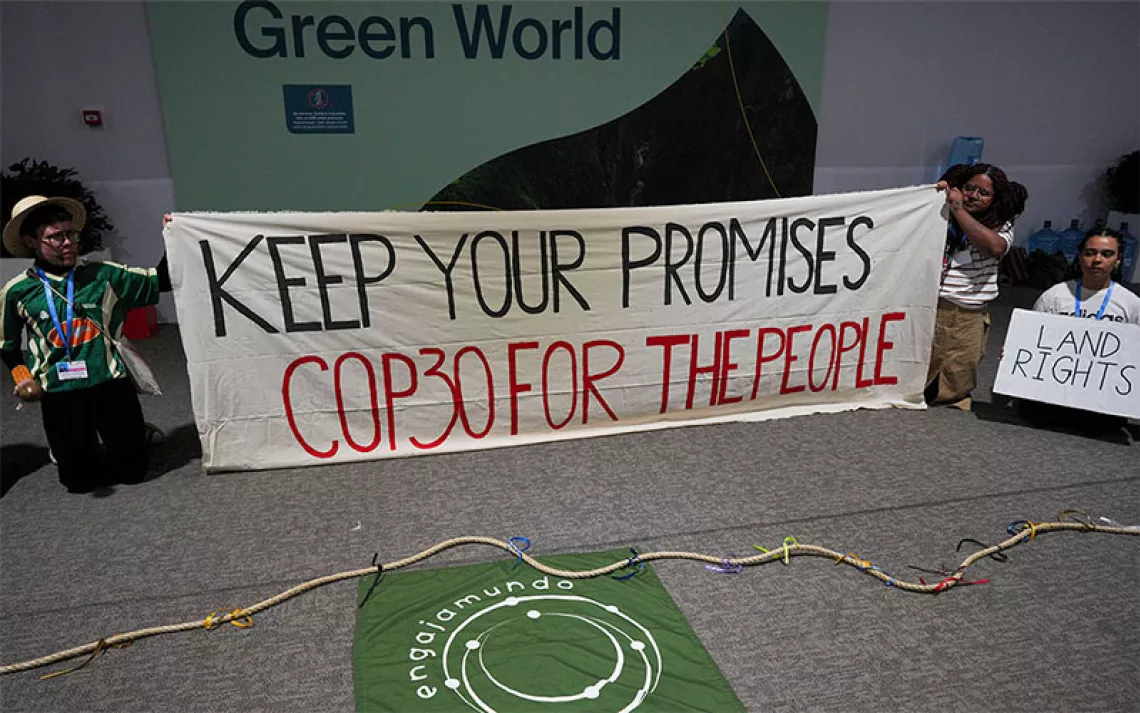“Climate Receiver” Cities Signal a Rust Belt Renaissance
Once depopulated, these areas of the US are becoming climate destinations

Gautier Steel mills in Johnstown, Pennsylvania. | Photo by Carolyn Kaster/AP
Over 50 years ago, large populations of residents across the US Rust Belt started abandoning their cities in a great migration. At the time, manufacturing jobs were disappearing and going overseas. With the jobs gone, workers from Wisconsin to New York, Detroit to Pittsburgh started chasing opportunities elsewhere.
Now the opposite is happening. Those same Rust Belt towns and cities from which people once decamped are becoming a destination point for a new generation of seekers: the climate conscious. As more extreme weather events such as wildfires, heat, drought, and sea level rise beset communities throughout the nation, many families are relocating to new climate refuges. With a peculiar set of advantages, these places could be the country’s best bet—if they do it right.
The makings of a climate haven
Though climate change’s effects are ubiquitous, areas of the Rust Belt are more resilient to extremes—few wildfires, few heat waves, no hurricanes, no seas to rise. With easy access to the Great Lakes, even water isn’t an issue; if anything, precipitation is likely to increase.
But it’s not just a geographic lottery ticket that makes the Rust Belt stand out, says Matthew Lambert, urban planner and board member of the Congress for New Urbanism. These cities were largely established in “smart places,” with easy access to resources. They’re built on grids with distinct neighborhoods, making them more walkable and carbon-friendly, and they have the built capacity to grow without resorting to urban sprawl or displacement. In terms of climate mitigation, "the most sustainable building is the building that already exists,” he adds. “The most sustainable city is the city that already exists."
Some, like Dan Baisden, chairman for CNU-Midwest, would call these “legacy cities.” What constitutes the Rust Belt is too nebulous—some say it includes Boston, others Duluth, others Des Moines. A legacy city, though, is any city big or small that grew up in the first half of the 20th century and fell into some sort of decline. From Akron to Kalamazoo, America’s “legacy cities” happen to concentrate in the Rust Belt. “These places have legacy infrastructure,” Baisden says, “which is necessary infrastructure for future growth.” Beyond climate, sustainability, and space, that’s one more Rust Belt boon—age.
It’s an adage put forward by urban theorist Jane Jacobs decades ago: “Old ideas can sometimes use new buildings,” she wrote. “New ideas must use old buildings.” In other words, old buildings attract artists, start-ups, creatives, lower-income or first-time buyers, and new residents—like so many climate refugees.
Putting good bones to work
While many of America’s legacy cities are turning their eye toward redevelopment, few are marketing themselves as climate havens. Buffalo, New York, is one exception. Mayor Byron Brown has baptized the Rust Belt hub as a “climate refuge city,” touting investments in solar, hydropower, and even porous, rain-absorbing pavement. Thanks in part to Covid—and thousands of Puerto Ricans relocating after Hurricane Maria—the city has seen population growth for the first time in 70 years.
New organizations are popping up dedicated to helping receptor cities go even further. PLACE Initiative, for example, is a youth-led organization dedicated to equitable climate design. While most climate players are focusing on tech solutions—like electric cars and solar panels—PLACE works to sculpt low-risk cities into walkable, desirable, sustainable places ready to receive climate migrants. “While [tech solutions] are important,” says executive director Garlynn Woodsong, “urbanism is the critical piece that will, per the IPCC, bring down demand for energy by roughly 25 to 30 percent, to allow the rest of our climate strategies to be successful.”
But it’s not just physical infrastructure and design that these cities will need to focus on, says Linda Shi, assistant professor at Cornell University's Department of City and Regional Planning. It’s social infrastructure, which—with its gendered, domestic emphasis—routinely gets overlooked.
“People don't usually think of hospitals, schools, childcare as being part of the climate adaptation question,” she explains. In the US, roads, water, facilities—generators of economic productivity—are considered infrastructure. A climate-prepared community sees beyond that, investing in the daily lives of its residents. “In order for a city to be welcoming and good for the people who are moving in,” she says, “it has to be good for the people who are living there.”
Of course, it doesn’t have to be either/or, Shi notes—the increased tax base from immigration can help develop this suite of services. But even with these widespread issues tackled, there’s one last hurdle for the Rust Belt: human psychology.
The art of climate persuasion
“When you have a localized disaster, most people tend to move somewhere within their proximity,” says Shi. Two of the main reasons for this are jobs and family, and the fact that for many working families, a wholesale relocation to another part of the country is beyond what they can afford. But that could change, Shi notes, if at some point water-intensive industries or heat-sensitive industries need to move and jobs shift. Case in point: Californian vintners setting up shop in New York’s Finger Lakes.
Another reason people may be reluctant to move to “climate receiver” cities in the Rust Belt is reputation. “These places are seen as cities that have failed,” says Lambert, originally from Detroit. “They're seen as places where people don't have opportunity or a future.” It’s not just outsiders—residents take on that mindset, internalizing the narrative. He equates it to depression. “If a city’s depressed, it’s going to have a hard time moving forward successfully. There's not a lot of hope.”
These places didn’t fail—around 100 million people live in the Rust Belt, depending on your map—but the myth lives on. It’s another way legacy cities have to start with their residents first: by marketing to them. In the flagship of the Rust Belt for example, “Made in Detroit” proliferates across the city, a sense of pride budding from the grit. The official Pittsburgh tagline? "Pittsburgh. Mighty. Beautiful."
Similar movements are happening in Milwaukee, Toledo, Youngstown, and beyond. Shifting the narrative is the first step toward hope—and millions just might need it.
 The Magazine of The Sierra Club
The Magazine of The Sierra Club



